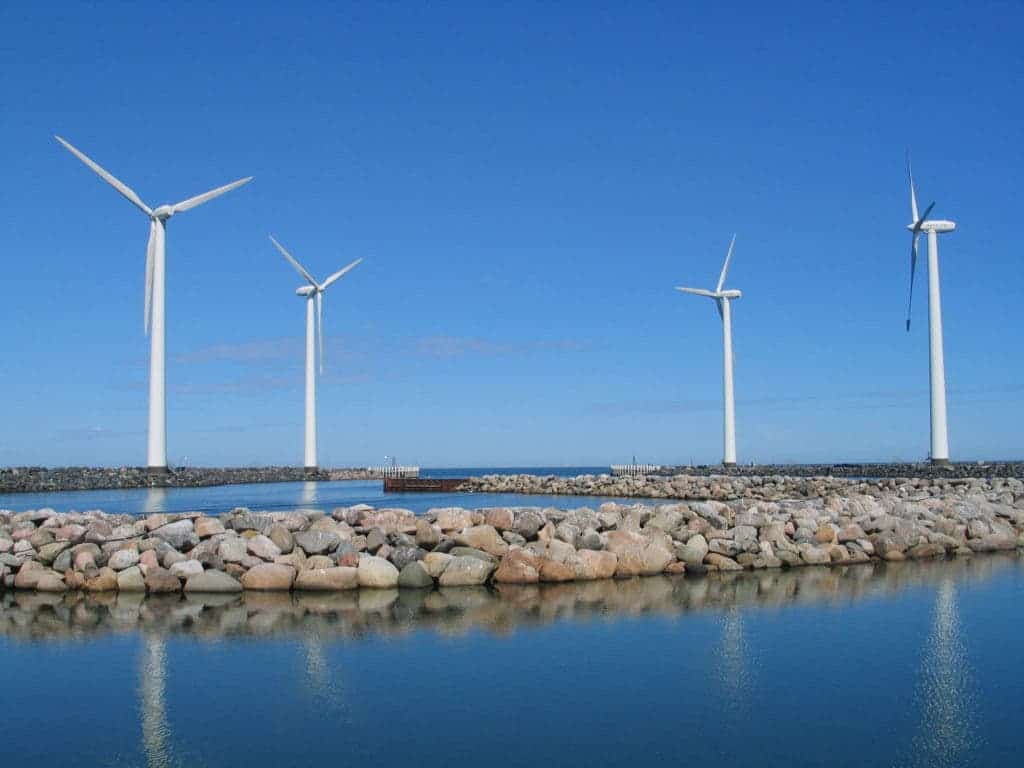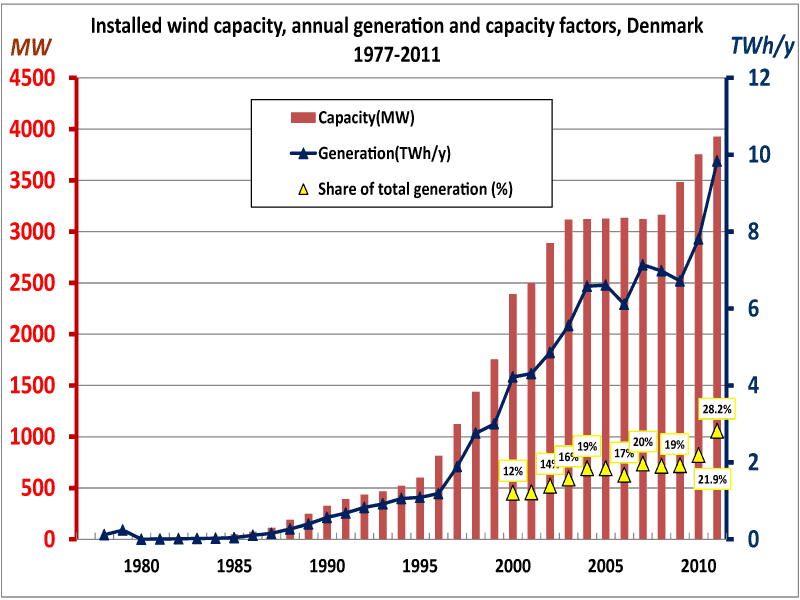‘The transition is fully underway. If we are looking for cheap, competitive and reliable, I don’t see much alternative to wind’ says Wind Europe spokesman

Denmark was a pioneer in developing commercial wind power during the 1970s, and today a substantial share of the wind turbines around the world are produced by Danish manufacturers. They’ve maintained that motivation through the years, as Denmark’s recent history clearly shows the country’s commitment towards renewable energy. In 2015, 42% of Denmark’s energy came from wind, and they’ve had several days in which their energy came entirely from wind — even one in which Denmark produced 140% of its energy needs from wind. Yes, they’ve recently had another one of those days.
The Scandinavian nation generated 97 gigawatt-hours (GWh) on 22nd February, and it was a great day for renewables all around the continent. That day, 18.8 per cent of the European Union’s electricity demand came from wind. Wind Europe spokesman Oliver Joy said this was yet another testament to the resilience of renewables.
“It’s very impressive but what it demonstrates is that renewable can truly be a solution to Europe’s needs,” said Mr Joy, speaking to The Independent. The trend is also spreading to other European countries. “Denmark is just the latest example that we have seen in the latest months. In 2016 we saw the UK was powered without coal for 12 and a half hours, Germany went some days on renewable, and Portugal went four straight days on renewable. It shows energy transition is underway in Europe and arguably further ahead than anywhere else in the world.”

The European Wind Energy Association estimates that 230 gigawatts (GW) of wind capacity will be installed in Europe by 2020 — just three years from now. Some 190 GW will be onshore, and 40 GW offshore. This would produce, on average, 17% of the EU’s electricity, avoiding 333 million tonnes of CO2 per year and saving Europe $30 billion avoided fuel costs. Support for wind energy in Europe is at an all-time high, consistently at 80 per cent or more among the general public.
Denmark announced that it wants to completely phase out coal completely by 2025, just like the UK and several other European countries. A recent report by Climate Analytics found the EU needs to phase out of all of its hundreds of coal-fired plants by 2030 if it’s to meet its Paris Agreement greenhouse reduction target. If we want to have any chance at succeeding, wind is certainly one of the key puzzle pieces.


